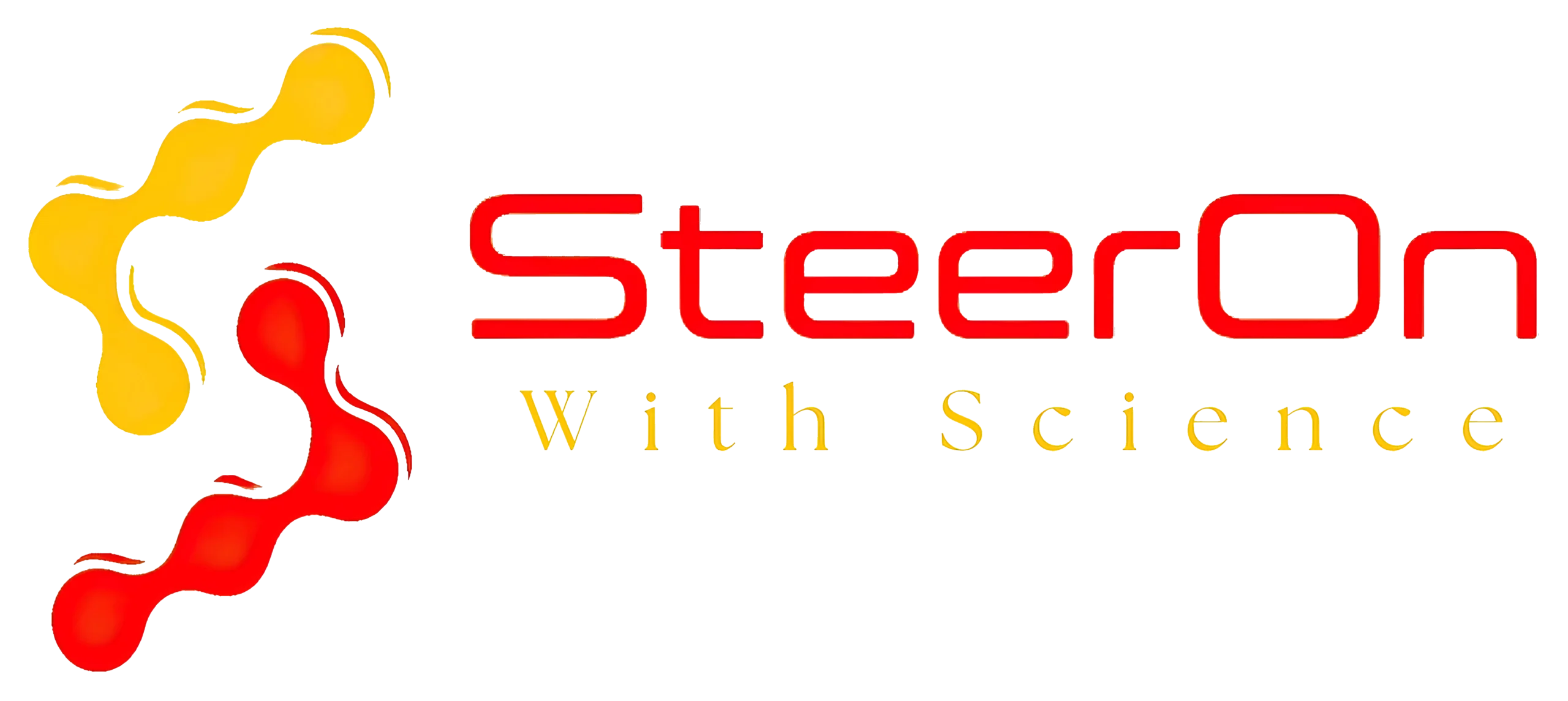The discovery and development of new drugs is a complex and time-consuming process that can be expensive. Traditional ways of discovering a drug involve long lab experiments, which could take many years and cost billions of dollars. Today, computational chemistry is changing the way new drugs are discovered and developed, which also allows researchers to reduce the time in research by simulating and analyzing the process of how molecules interact with each other. If you are interested to know what is computational chemistry and how it accelerates the drug discovery process, this blog is for you.
What Is Computational Chemistry And Its Main Concepts
Computational chemistry is used to study the chemical interactions of molecules and atoms by using computer simulations and physics-based algorithms. In drug discovery, computational chemistry helps in developing new molecules, predicting their properties, and optimizing drug candidates before the lab tests.
The main concepts of computational chemistry
1. Quantum Mechanics and Molecular Modeling
With quantum mechanics (QM) theoretical framework, you can understand and study the molecular structures and their interactions at an atomic level. It helps researchers predict how drug molecules will interact with their target proteins. By applying molecular modelling (MM) techniques in computational chemistry, you can easily visualize the shape, charge distribution, and binding of molecules at an atomic level.
2. Molecular Dynamics Simulations
Molecular dynamics (MD) simulations in computational chemistry are used to study the movement of atoms and molecules over time. These simulations help you understand how a drug candidate behaves in a biological system. It also provides useful insights into the stability, flexibility, and potential interactions of molecules with proteins.
Computational Techniques in Drug Discovery
There are many computational chemistry methods used in drug discovery to identify suitable drug candidates and optimize them for better results.
Structure-Based Drug Design (SBDD)
SBDD involves using the three-dimensional structure of a target protein to develop drugs and optimize potential drug candidates. Structure-based drug design uses techniques like ligand docking, pharmacophore modelling, and de novo design. The metadynamics sampling methods can be used to understand the complex mechanisms of drug binding. It also provides insights into the association and dissociation and related binding free energy profiles, which leads to rational drug design and identification of drug candidates.
Ligand-Based Drug Design (LBDD)
Ligand-based drug design helps in predicting the activity of a new compound by using the information of known active ligands. So instead of relying on protein structures, LBDD analyzes the properties of active molecules and designs new compounds using techniques like ligand-based pharmacophores, molecular descriptors, and quantitative structure-activity relationships (QSAR). LBDD also uses machine learning (ML) approaches to predict biological activity, optimize hits, to improve docking solutions and binding site predictions.
ADMET Prediction and Optimization
One of the techniques used in computational chemistry includes ADMET (Absorption, distribution, metabolism, excretion, and toxicity) techniques for the prediction and optimization of compounds for safe and effective drug development. Researchers can now accurately predict ADMET profiles for lead optimization. Machine learning has also improved the accurate prediction of ADMET profiles for drug development.
Virtual Screening
Researchers can use virtual screening to identify chemical compounds that have the potential to be effective drugs using silico (computers). This helps in reducing the compounds that are tested in laboratories in order to save time and resources.
Applications of Computational Chemistry in Drug Development
Computational chemistry has many applications, especially in drug discovery, which can make the process more efficient and precise.
Computational Chemistry benefits various stakeholders in several ways
Hit Identification and Lead Optimization
In early drug discovery stages, computational tools can help in the identification of potential chemical compounds (hits) and convert them into optimized leads for better efficacy and lower toxicity. This allows only the most promising candidates to move forward in the drug development process.
Predicting Pharmacokinetics and Toxicity
Before a drug can be approved for the market, it must go through various testing stages to increase its safety and effectiveness. Computational chemistry techniques help in predicting properties like absorption, distribution, metabolism, excretion, and toxicity (ADMET) of novel therapeutics. By identifying and removing toxic compounds early, researchers can avoid failures in later stages of drug development.
Integration of Advanced Technologies
Artificial Intelligence and Machine Learning
Artificial intelligence (AI) and machine learning (ML) are improving the drug discovery process by analyzing huge amounts of chemical compound data. They help in predicting the activity of drug candidates, optimising the structures of molecules, and suggesting new drug targets.
Quantum Computing
Quantum computing in drug discovery can help by performing complex calculations in a short time. This allows accurate simulations of molecular interactions for drug development.
Conclusion
Computational chemistry is helping in drug discovery and development by making the process faster and more cost-effective. Techniques like molecular modelling (MM), virtual screening, and AI-driven drug design help researchers identify and optimize drug candidates for safe and effective drug development.




